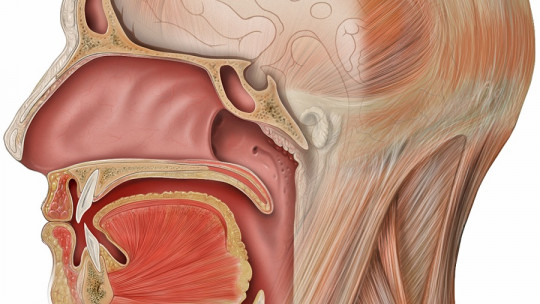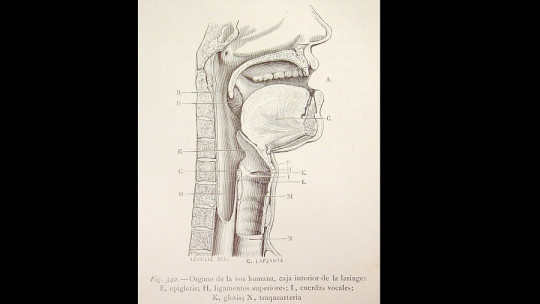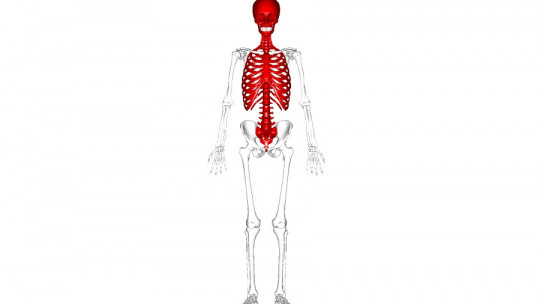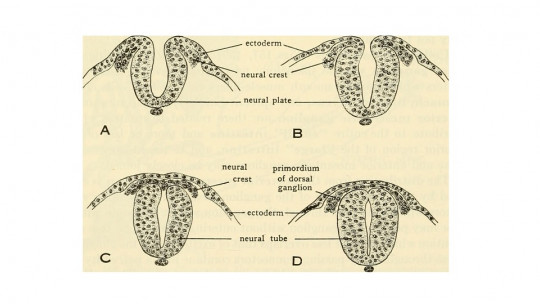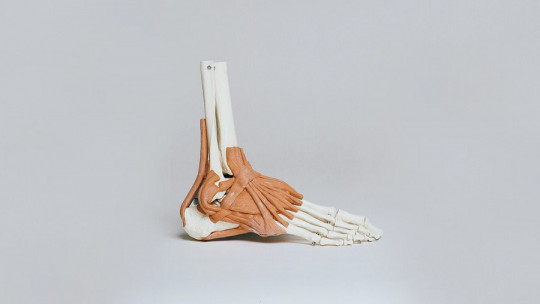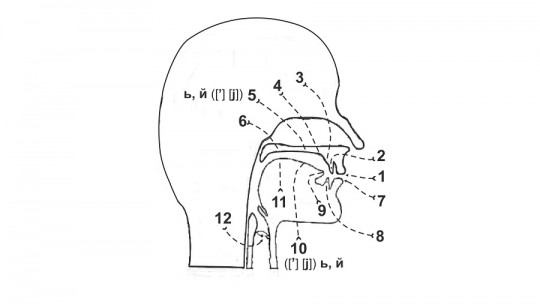
Broadly speaking, we could define language as a structured communication system for which there is a context of its use and certain formal principles on which it is based. Human beings articulate, on average, about 18,500 words a day (27,000 in women and 10,000 in men), so conceiving society and the responses of our species without voice and listening is a practically impossible task.
In any case, before entering the world of human speech, it is essential to highlight that communication is not exclusive to the human being. Homo sapiens. Zoosemiotics refutes this anthropocentric preconception, since it is responsible for studying the methods that other animals use to communicate with each other. In any case, the rest of living beings do not use words: they base their communication on chemical, acoustic, visual signals, vibrations, electrical impulses and even physical dances. When the word is not an option, natural selection looks for other methods that are equally effective.
Speaking of communication and language, it is impossible for us not to think about what produces it, beyond the social and evolutionary bases on which it is based. Today we come to tell you everything about the speaking apparatus And, along the way, we explain how human communication is distanced from that of the rest of the species on the planet.
What is human language?
A language is a communication system. You and I, as members of the same species, transmit ideas and perceptions to each other through linguistic signs (written and articulated words), but not everything is communicated through phonation.
For example, you may be surprised to know that studies, when exploring the ability to transmit concepts in humans, put much more weight on how things are said than on the words that are being uttered. According to various scientific publications, 55% of communication in humans is due to body language, 38% involves the tone of voice and only the remaining 7% of content is contained in the words that are actually being said.
So that, The importance of the speech apparatus does not fall only on the articulated words, but on the tonality of the message and the action of the facial muscles that accompanies it After all, we don’t stop being animals, right? On the other hand, there are certain elements that distance human language from that presented by other species. These are the following:
We differentiate ourselves from the rest of living animals based on many concepts, but in many others we cannot help but realize that, no matter how rational we are, intrinsic and subconscious elements continue to dominate our daily lives. Once this interesting terrain has been explored, we are prepared to talk to you, briefly, about the characteristics of the human speech apparatus.
What is the human speech apparatus?
The speech apparatus refers to the set of organs in the human body responsible for generating (and amplifying) the sound produced when speaking It is necessary to emphasize that almost none of these structures are designed solely for this task, since they fulfill another essential function for the metabolism and survival of human beings. For example, the primary function of the larynx is to prevent water and solid food from entering the lungs, but it is also essential for understanding phonation in our species.
Thus, we cannot conceive of the speech apparatus as a set of organs solely focused on speech. These are also basic in the respiratory and digestive system, for example, by participating in swallowing and the respiratory mechanism.
Parts of the speaking apparatus
We are not going to dwell on the exact physiology of each structure involved in speech, but we can divide this complex system into different blocks. Go for it.
1. Respiratory mechanism
The human voice is a rigid sound that is essentially air coming out of the lungs. Thus, The same organs that allow you to breathe are those that allow you to speak, which includes the lungs, diaphragm, intercostal muscles, bronchi and trachea, among others
From a technical point of view, these elements are known as “infraglottic cavities”. They provide the air necessary to produce speech sounds (energy generation) and are also responsible for the intensity of the voice and the duration of the tones generated. Without inspiration and aspiration, the mechanism of human communication would be practically impossible to conceive.
2. Speaking mechanism
The larynx and vocal cords are the structures specialized in the production of sounds in humans. The set of areas responsible for producing words is known as the “glottic cavity”, and it includes the larynx, vocal folds, glottis and epiglottis
When these organs are together, the flow of air from the lungs during expiration sets them into vibration, which actually generates phonation and voice production. The vocal folds vibrate, giving rise to an audible sound wave, while the vocal folds are responsible for tone generation.
3. Resonance mechanism
Up to this point, what is generated is a basic sound. That exhaled air and the sound wave produced are missing “something”, because from a guttural sound to an intoned melody there is a world of difference. Here the supraglottic cavities or resonance mechanisms come into play, which encompass the pharyngeal, oral, nasal and labial cavities
As their name indicates, these structures are responsible for amplifying and modulating the sound produced. They act, as a whole, like a filter: they amplify or attenuate certain components of the sound wave generated in the larynx and modify the quality of the sound.
4. Articulation mechanisms
Last (but not least), we have the articulating organs, located in the supraglottic cavity, that is, the palate, tongue, teeth, lips and all those structures that They help us profile and emit sounds in the most correct way possible
Perhaps the most important structure of all when it comes to articulation is the tongue. It is, by far, the most flexible articulator (it is involved in the production of most sounds) and, therefore, in the study of human phonetics, various lingual parts are distinguished to understand the patient’s speech. Its areas of greatest sensitivity are located in the anterior part.
Yes, you read correctly, the teeth are also included in this conglomerate. As surprising as it may seem, The incisors, based on 100% work, perform 20% in chewing, while the remaining 80% corresponds to the vocal and aesthetic functionality of the individual Thus, in many cases orthodontics do not have the mere objective of beautifying the patient, but also of helping them to perfect their speech.
Summary
The study of language in humans is truly fascinating, since there are so many parameters that distance us from other living beings as well as subconscious mechanisms that bring us closer to the most natural and intrinsic part of our species. Language is not reduced only to speech, since, as we have said, expression and tonality have a greater charge than the articulated message itself in most cases.
Despite this, the human speech apparatus is still an authentic work of biological engineering. This is based on the use of structures: although they were not there with the purpose of speaking initially (but rather breathing and swallowing safely), these have evolved together with society to transmit the entire range in the simplest and most effective way. of sounds in the form of words that we know today.

